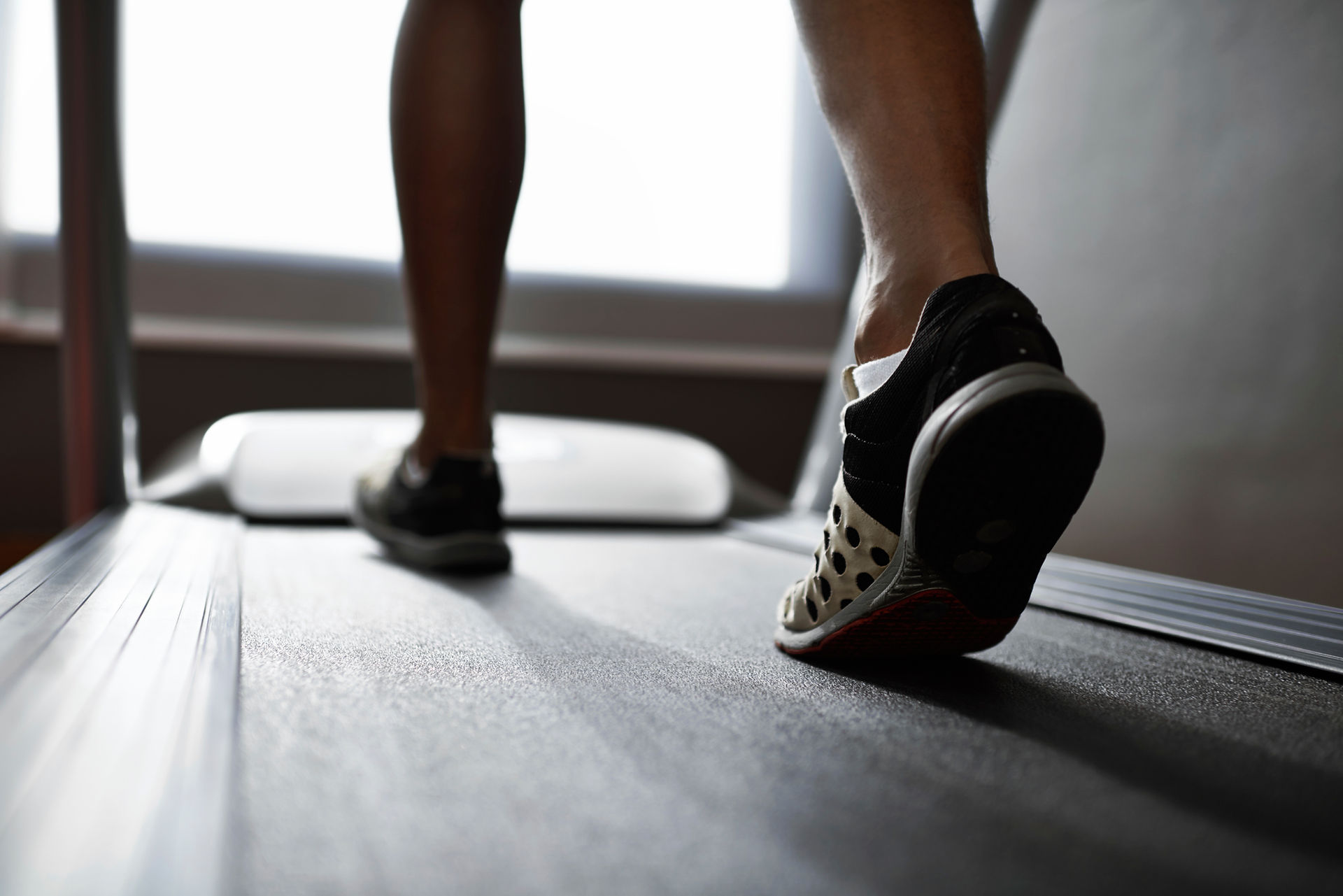Our member and physiotherapist, Shae Martello, is a belly dancer and body builder! In this post she explains why she loves it so much.
As a health professional, I am often asked by clients what sports I play. My response receives various reactions, as it’s not your standard netball or hockey. For the past 15 years I have been a belly dancing student, and more recently I have participated in bodybuilding. These are two activities I not only find enjoyment in, but have a real passion for. You’ll find me in the dance studio every Monday evening, and in the gym every other night. Although it may seem like an unusual combination, both activities complement each other by incorporating strength and muscular control, which is what sparked my interest in physiotherapy in the first place.
Belly dancing builds your core strength through controlled isolation. Having a strong core doesn’t mean having a six-pack. Your core is made up of the deep group of muscles that surround and support your spine. A weak core is often a contributor to many complaints, such as knee, hip or low back pain. Having a strong core is important in protecting your back, especially with heavy lifting. With belly dancing, it wasn’t until a few years ago that I began regularly performing in restaurants and at community events, which has helped build my confidence and formed a more positive self-image. That’s the thing I love most about belly dancing. Not only is it fun, but it’s empowering. It doesn’t matter what size or shape you are, as soon as you put on that hip scarf, you feel beautiful.
As for bodybuilding, as soon as clients hear that they instantly look at my arms to see if biceps the size of Jay Cutlers could be hiding under my work shirt. Contrary to popular belief, general resistance training WILL NOT make women look masculine. It will, however, increase your metabolism, helping you burn fat and develop a more ‘toned’ figure, increase your bone density, helping to prevent osteoporosis, and increase insulin sensitivity, reducing your risk of obesity and type 2 diabetes. You don’t have to be an aspiring figure competitor to incorporate resistance training into your fitness regime. In general, the Fitness Australia Exercise Guidelines recommend using a resistance that allows for no more than 8-12 repetitions to be completed before reaching the point of volitional fatigue, which is where you are unable to complete another repetition. For maximum health benefits, it is recommended that the entire body be trained on non-consecutive days, 2-3 times per week. If you’re just starting out, make sure you consult with a health professional for appropriate advice, as exercise prescription depends on your individual goals.
If you’re looking for a new way to keep fit and healthy, my advice is simple. It doesn’t matter which sports are dominating the news headlines, find something you are passionate about that includes some of your other interests. If you like gardening, why not try bushwalking? If you enjoy shaking your hips and having a laugh, then maybe belly dancing could be for you!
Shae Martello is a physiotherapist at Healthfocus Physiotherapy in Albury, NSW. Shae has an interest in researching how nutrition affects recovery in adjunct to physical activity, and also safe resistance training for adolescents to improve performance. Shae promotes physical activity to her clients by brainstorming how it can fit into their daily routine and helping them explore other options if they do not have an interest in conventional activities. Shae's personal favourite form of physical activity is resistance training and she attempts to educate all clients on the benefits, especially adolescents. Call (02) 6041 5744 to make a booking to see her today!


Comments